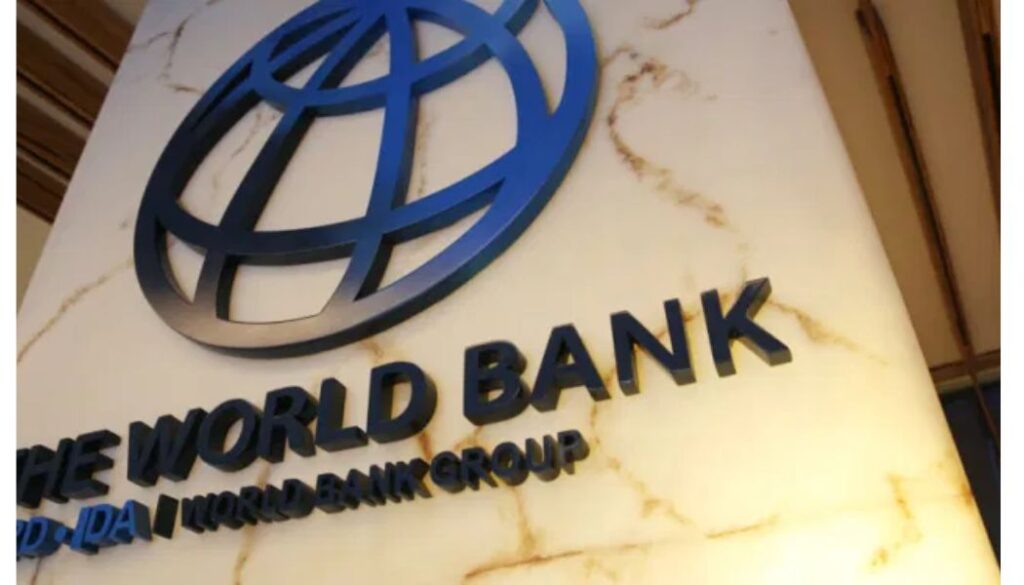World Bank revises Kenya’s growth outlook upwards to 4.9%

World Bank has raised Kenya’s growth outlook after the economy unexpectedly posted a stronger rebound in the second quarter than earlier projected
The World Bank has raised Kenya’s growth outlook after the economy unexpectedly posted a stronger rebound in the second quarter than earlier projected.
The Bank says the surprise recovery, driven largely by construction and easing inflation, is a welcome shift at a time the government struggles to contain rising debt and persistent revenue shortfalls.
The latest Kenya Economic Update Report by the World Bank reveals that the country’s economy is performing better than previously expected.
The country’s growth outlook for 2025 now stands at 4.9 percent, an upward revision of the Bank’s own projection in May of 4.5 percent.
“Q2 2025 represented an upward surprise for us. There was a faster than expected recovery in the construction sector,” said Jorge Tudela Pye, Country Economist Kenya, World Bank.
The construction sector revitalised, aided by government spending on housing, as well as its efforts to clear long-standing pending bills in the roads sub-sector.
“We didn’t anticipate that before,” said Pye.
Still, the Bank cautions that Kenya’s fiscal position remains its biggest challenge. Revenue collections have missed targets by an average of 6.1 percent over the last three years. The fiscal deficit remains wide, and public debt has climbed to 68.8 percent of GDP, much of it financed locally, to the detriment of consumers and the private sector.
“Let’s remember that Kenya continues to be assessed in high risk of debt distress, and without more ambitious reforms especially on the revenue side, debt and fiscal vulnerabilities are likely to persist,” said Pye.
And the labour market offers little comfort. Most new jobs continue to come from the informal sector, where earnings are low.
TSC announces 9,159 vacancies; How to apply
And real wages have fallen by more than 10 percent in the last 10 years, raising questions about whether this economic growth is translating into better living standards for Kenyans.
“Good macros should be translating into money in the consumer’s pocket. We note in the retail sector consumption has really gone down, we see smaller shopping baskets, we see focus only on must-buy items, which means food items will go, basic consumption items are moving, but anything that is considered a luxury good depending on the level of income is not moving at all,” said Wambui Mbarire, CEO, Retail Trade Association of Kenya.
The Bank says the improved numbers provide a stronger base heading into 2026, but warns that risks, including climate shocks, global trade disruptions and political pressures, could easily derail progress. Deeper structural reforms, it says, will be critical moving forward.
“Austerity measures alone are not enough to deal with Kenya’s fiscal and structural challenges. Additional reforms are needed. Boosting economic growth is essential also to support this sustained and growth-friendly fiscal consolidation going forward,” said Pye.
“I think we know the solutions to our country’s issues. We really just need to action them,” said Mbarire.
IEBC to deploy plain-clothes, uniformed police in select by-election areas
Nyamira Governor Amos Nyaribo impeached
Follow us






